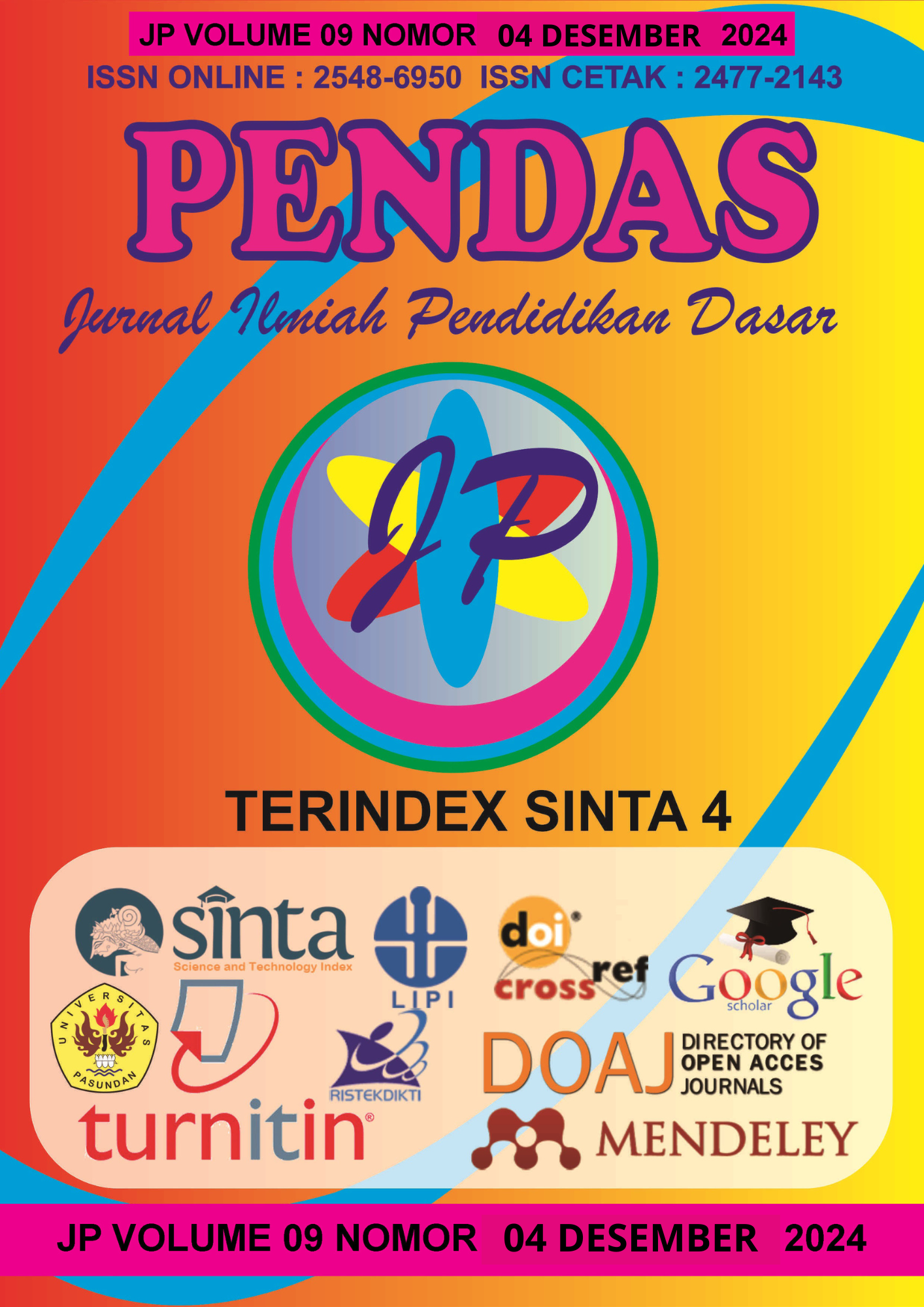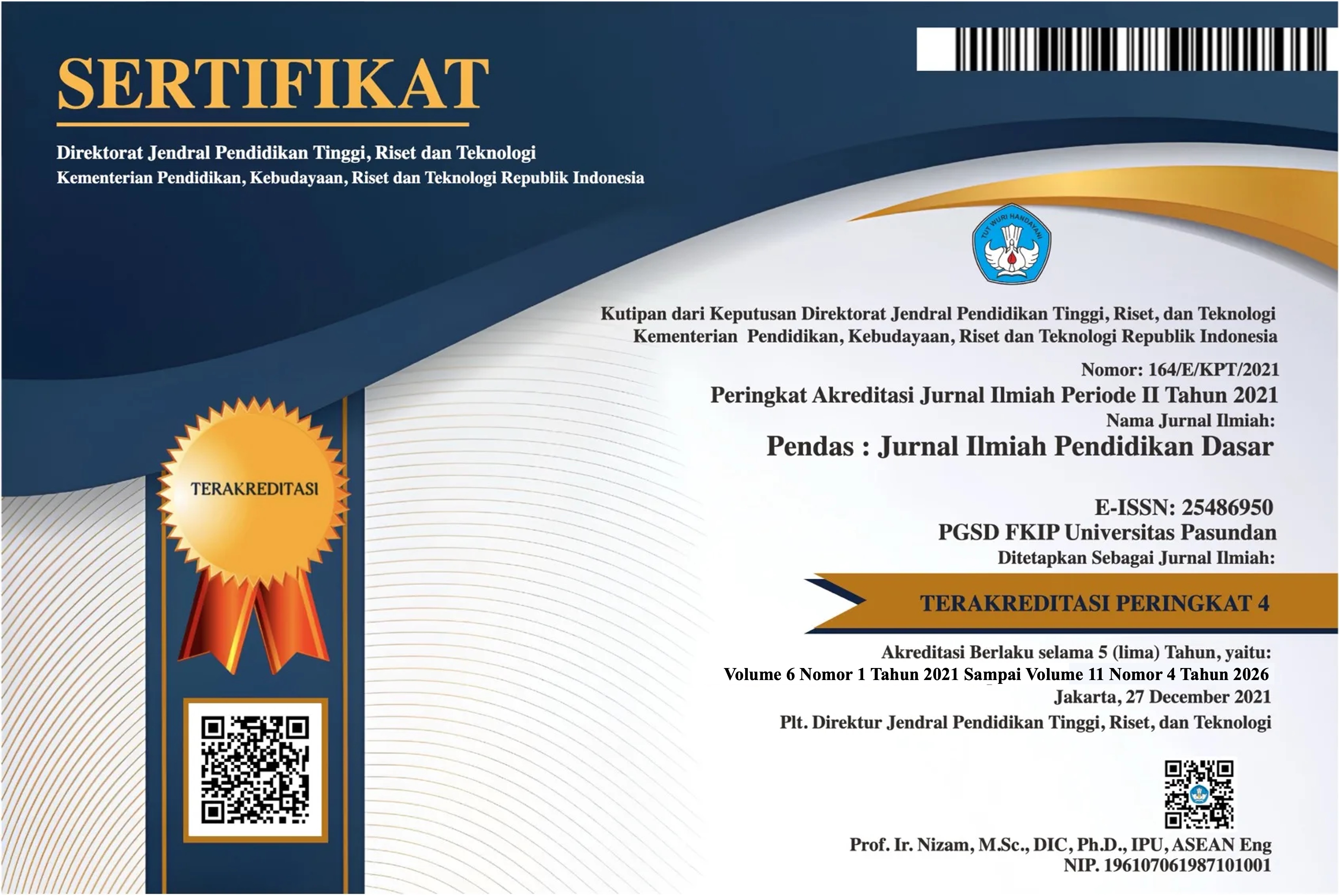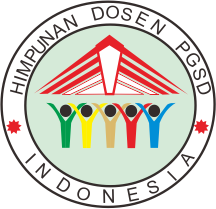THE EFFECT OF USING THE FLIPPED CLASSROOM MODEL ON THE ABILITY TO WRITE FACTUAL TEXTS STUDENTS OF THE INDONESIAN LANGUAGE STUDY PROGRAM
DOI:
https://doi.org/10.23969/jp.v9i04.23005Keywords:
Flipped Classroom, writing ability, factual textAbstract
This study aims to examine the effect of the Flipped Classroom learning method on the ability to write factual texts, including reconstruction texts, explanation texts, and procedural texts. The Flipped Classroom method shifts the traditional learning paradigm by moving theoretical learning activities outside the classroom and focusing classroom activities on discussions and practice. This study uses a quantitative approach with an experimental design. The research sample consists of 67 students randomly selected from three different classes. The experimental group used the Flipped Classroom method, while the control group used the traditional learning method. The results showed a significant improvement in the ability to write factual texts in the experimental group compared to the control group. This improvement is attributed to more intensive interaction between students and teachers, as well as opportunities for students to better understand the material through self-directed learning. This study concludes that the Flipped Classroom method is effective in improving students' ability to write factual texts and recommends the application of this method as an alternative in writing instruction.
Downloads
References
Andrini, V. S., Pratama, H., & Maduretno, T. W. (2019). The effect of flipped classroom and project based learning model on student’s critical thinking ability. Journal of Physics: Conference Series, 1171(1). https://doi.org/10.1088/1742-6596/1171/1/012010
Asmayanti, A. (2021). Pengembangan Model Kelas Terbalik (Flipped Classroom) Berbasis Multimodal dalam Pembelajaran Menulis Teks Eksplanasi. In Universitas Pendidikan Indonesia.
Bergmann, J., & Sams, A. (2012). Flip Your Classroom. ISTE.
Doğan, Y., Batdı, V., & Yaşar, M. D. (2023). Effectiveness of flipped classroom practices in teaching of science: a mixed research synthesis. Research in Science and Technological Education, 41(1), 393–421. https://doi.org/10.1080/02635143.2021.1909553
Hasanudin, C., Supriyanto, R. T., & Pristiwati, R. (2020). Elaborasi Model Pembelajaran Flipped Classroom dan Google Classroom sebagai Bentuk Self-Development Siswa Mengikuti Pembelajaran Bahasa Indonesia di Era Adaptasi Kebiasaan Baru (AKB). Jurnal Intelegensia, 8(2), 85–97.
Karabulut-Ilgu, A., Yao, S., Savolainen, P., & Jahren, C. (2018). Student perspectives on the flipped-classroom approach and collaborative problem-solving process. Journal of Educational Computing Research, 56(4), 513–537. https://doi.org/10.1177/0735633117715033
Sape’i, I. (2023). Faktual Di Sekolah Menengah Atas. Jurnal Membaca, 8(April 2023), 135–142.
Sutaryanto, Y. (2022). Upaya Meningkatkan Kemampuan Siswa Dalam Menulis Teks Ilmiah Faktual (Factual Report) Melalui Model Pembelajaran Discovery …. Jurnal Ekonomi, Sosial &Humaniora, 3(9), 103–111.
Widyaningrum, H. K., Hasanudin, C., Fitrianingsih, A., Novianti, D. E., Saddhono, K., & Supratmi, N. (2020). The use of Edmodo apps in Flipped Classroom Learning. How is the students’ Creative thinking Ability? Ingénierie Des Systèmes d Inf., 25(1), 69–74.
Downloads
Published
Issue
Section
License
Copyright (c) 2025 Pendas : Jurnal Ilmiah Pendidikan Dasar

This work is licensed under a Creative Commons Attribution 4.0 International License.



















